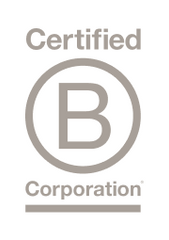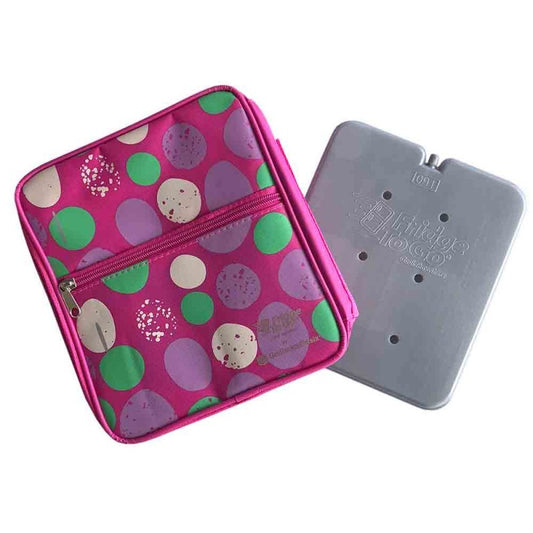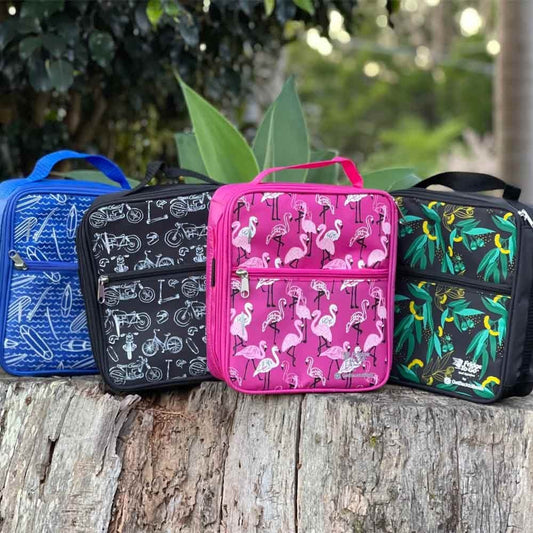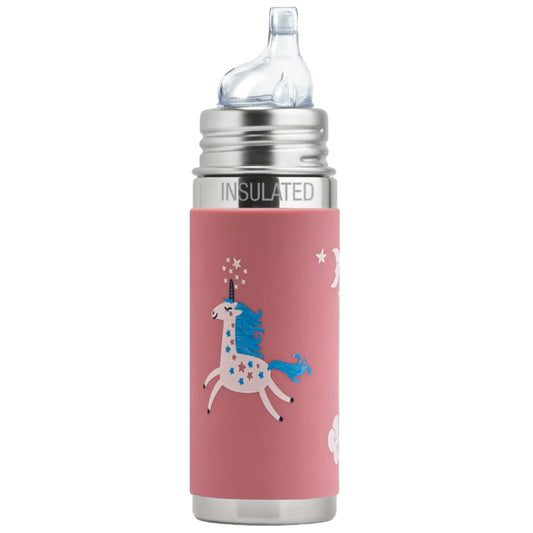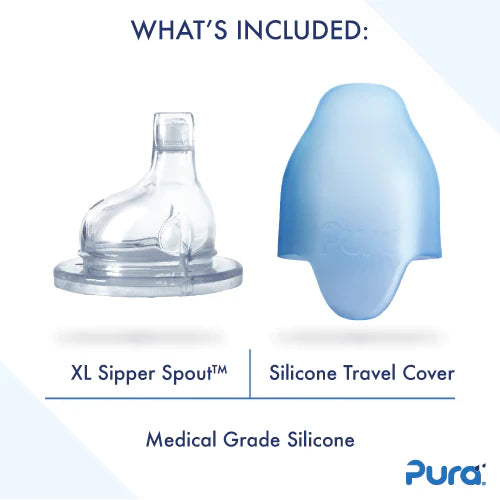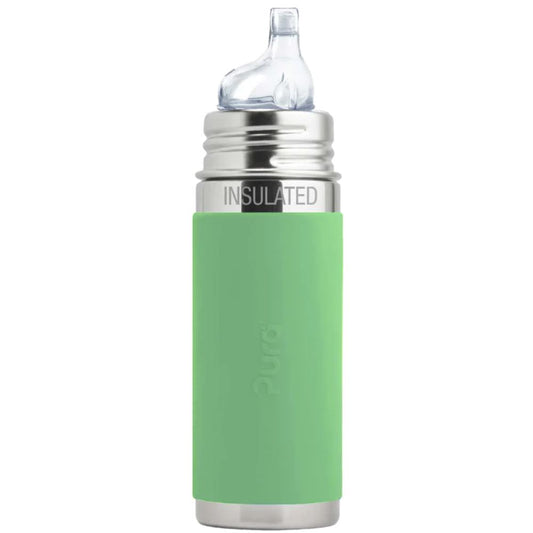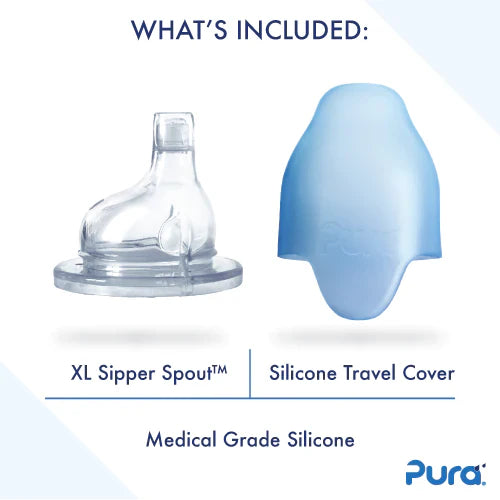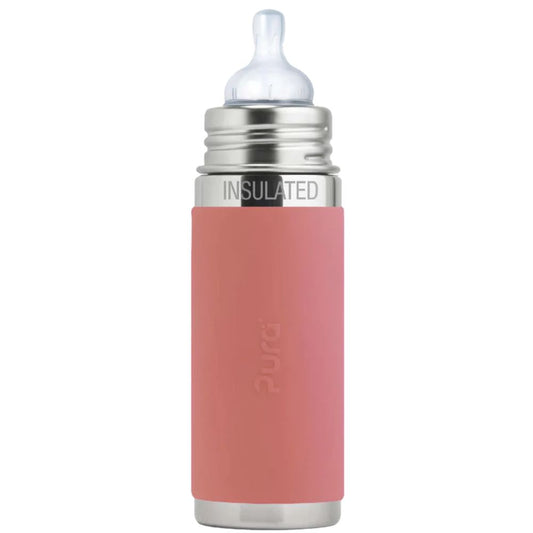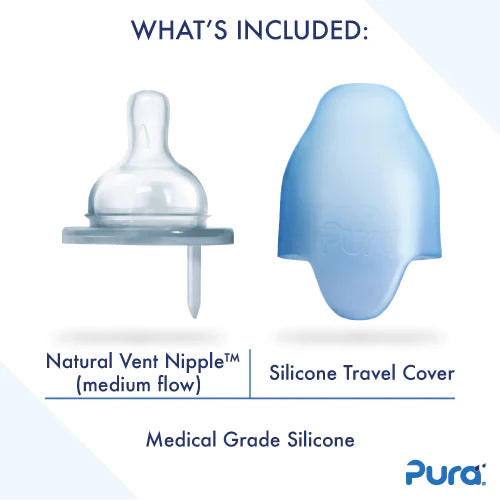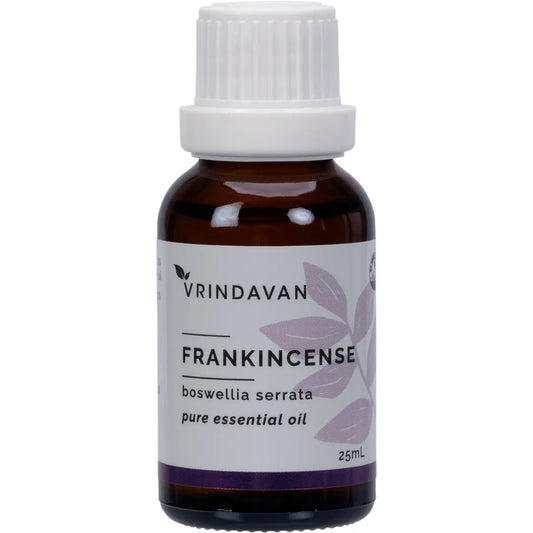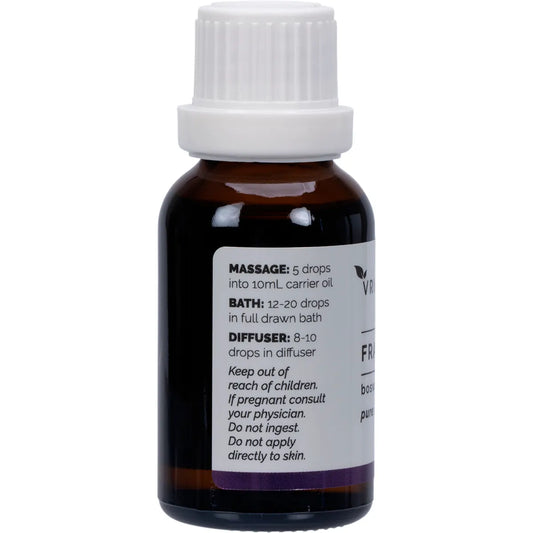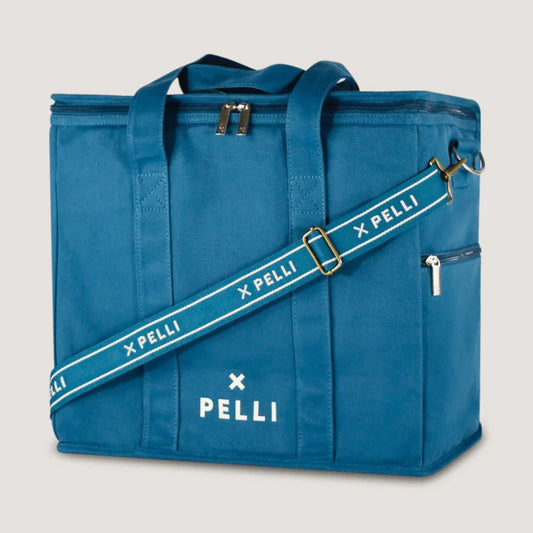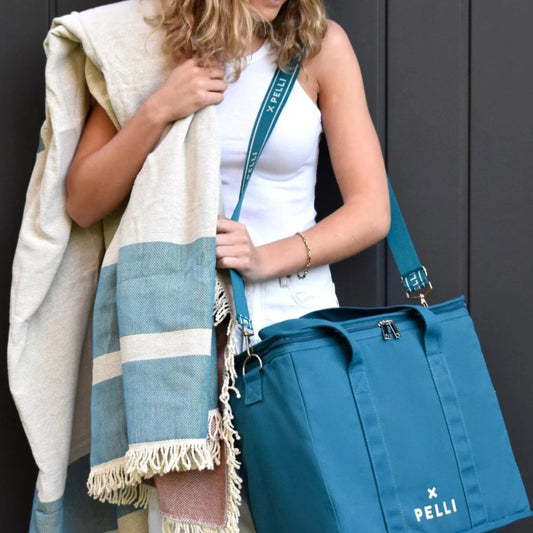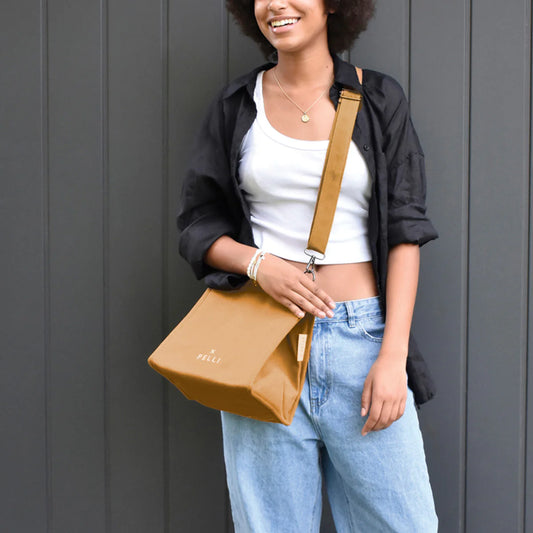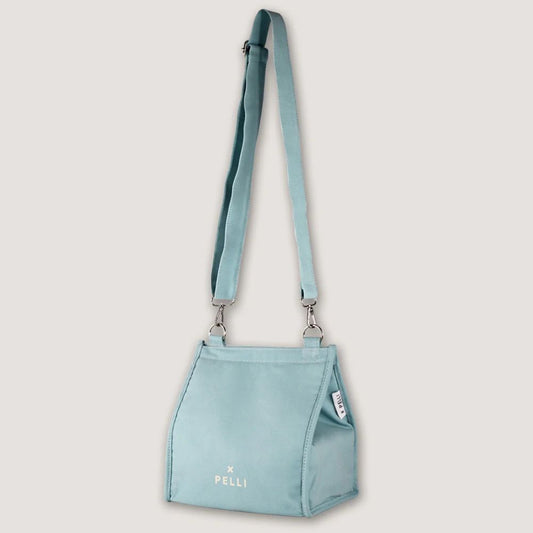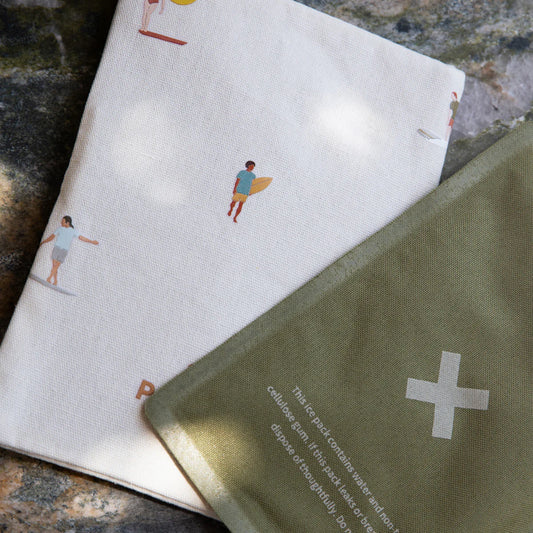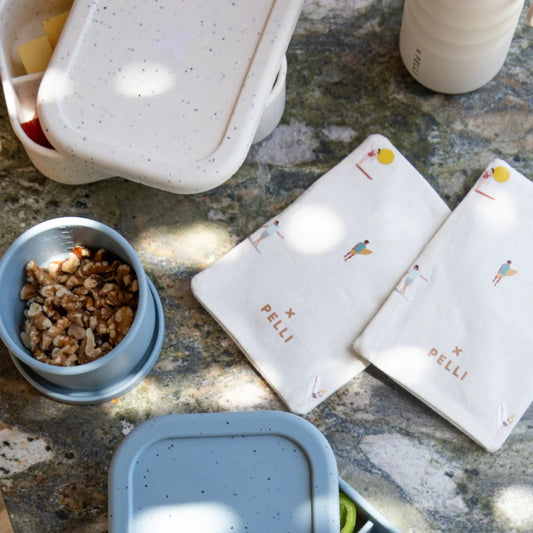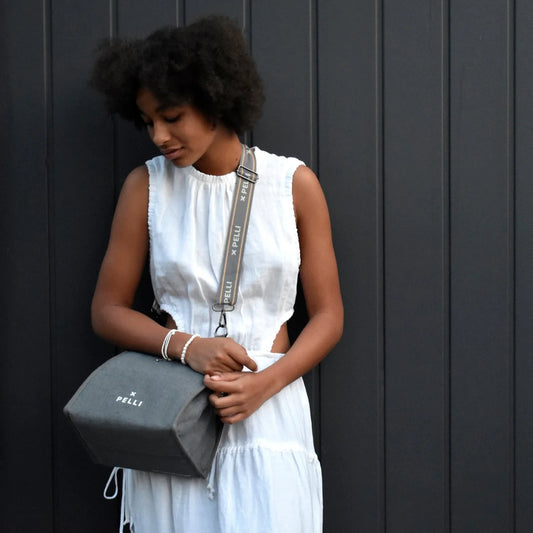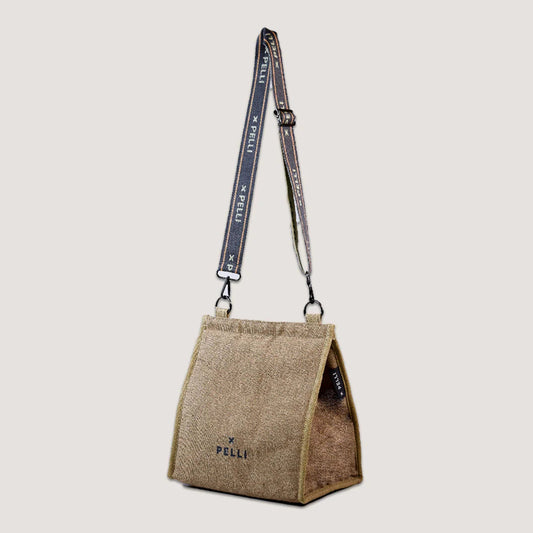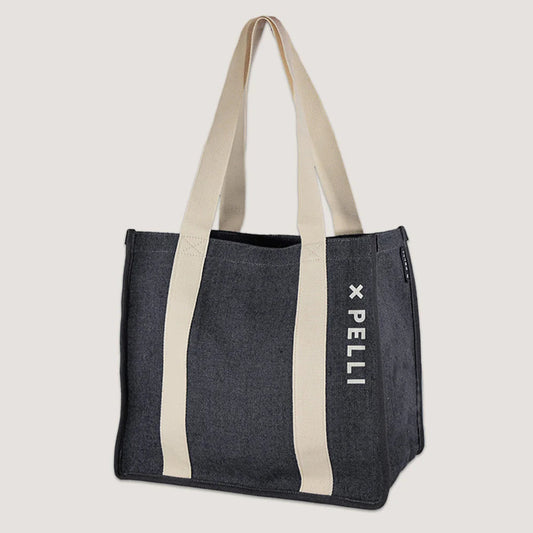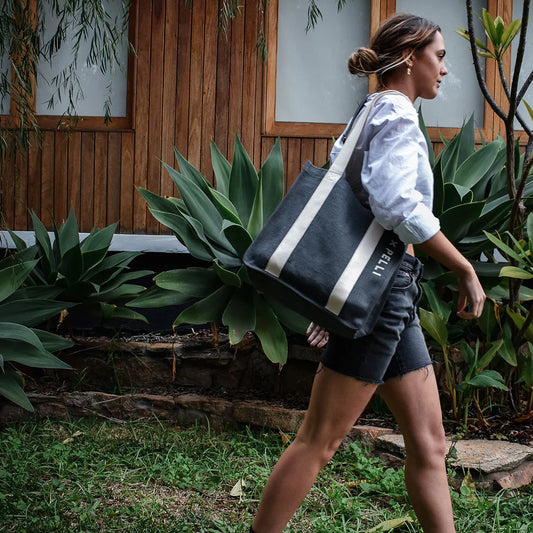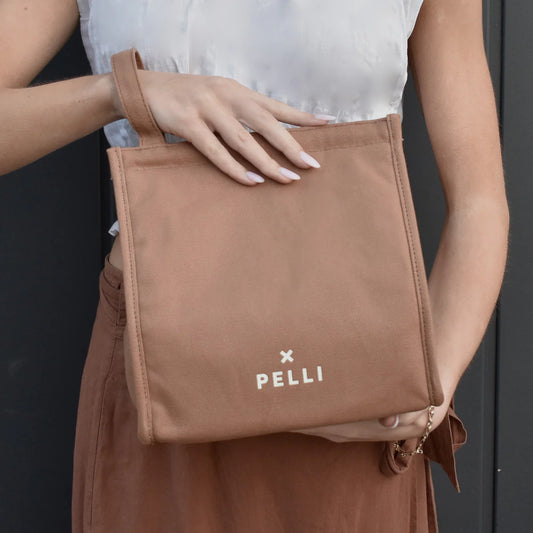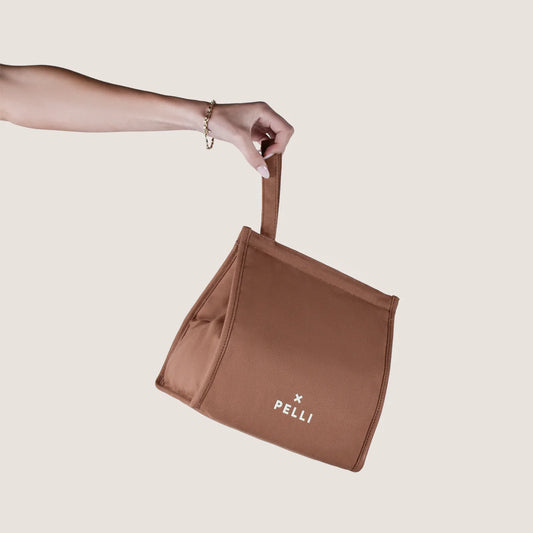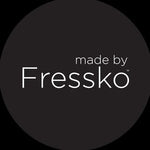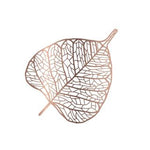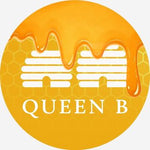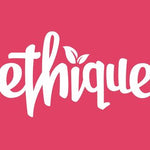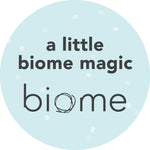It can be tricky to eat a healthy, well-balanced meal when you’re on the go or out of the house. When we don’t have the luxury of reaching into our fridge to whip up something fresh for lunch, it’s easy to slip into less-than-healthy habits.
Whether you’re packing school lunches for kids or office lunches for yourself, it’s important to ensure the meal is nutritionally dense as well as tasty. This can be difficult to achieve, especially as typical lunch boxes are better suited to packaged snacks, basic salads, and thin sandwiches. That’s where the bento box comes in.Bento boxes are designed to ensure you and your kids can eat healthy, well-rounded meals every day. So, what foods go into a bento box? In this guide, we explain everything you need to know about these expertly-crafted food carriers.
What is a Bento Box?
A bento box is a single-serve, packed meal that is assembled and ready to eat. It is designed to make balanced, healthy eating away from home as easy as possible.
Each food component fits into deep rectangular containers. This prevents foods from mixing with one another and helps to keep things fresh.
Bento is actually a Japanese art form dating back to the 1100s. The bento box’s first documented use was during Japan’s Kamakura period when cooked rice was commonly transported to work in a small bag.
It was in the Azuchi-Momoyama period — between 1568 and 1600 — that the bento box, as we know it today, first appeared. The boxes were made from lacquered wood and were crafted to hold different foods for people to share in a picnic-style lunch.
Two-part boxes, containing a rice section and side dish sections, then became popular, signalling the next stage of the bento box evolution.
During the Meiji period, the emergence of rail travel prompted the creation of a new style of bento box — the ‘ekiben’ or ‘train station’ bento box. These boxes were made for people on the go, and often featured local specialties.
In the 1980s, on-the-go, microwavable ready-made meals gained popularity, and the bento box began to gain traction all over the world.
Today, bento boxes are widely used and loved for their convenience and reusability!

The 8 Types of Bento Boxes
In Japanese culture, there are eight styles of bento boxes. While they are all designed to carry on-the-go meals, they each have slightly different characteristics.
- Ekiben: These bento boxes are sold at train stations, and often feature local specialities. As mentioned, they were first sold during the Meiji period and are now a commuting staple.
- Hokaben: In Japan, you can purchase these bento boxes from takeaway bento stores. They usually feature hot, fresh side dishes and rice.
- Jubako: These stackable boxes are intended for groups or slightly more special occasions. They are artistically designed visually appealing boxes.
- Kotaku: Known as the picnic bento box, the Kotaku box is designed for sharing. It is typically used for seasonal events or festivals.
- Konbini: These bento boxes are sold at convenience stores, and are designed to be quick and convenient. They are often microwavable.
- Kyaraben: Kyaraben bento boxes are also known as ‘character boxes’ (character bento), featuring dishes modelled after anime, manga, or video game characters.
- Makunouchi: These bento boxes feature a split panel presentation. Traditionally, rice is kept on one side, and side dishes are held on the other side.
- Oekakiben: These boxes model dishes after landscapes, people, and buildings.
What is the Difference Between Bento and Bentgo?
Bentgo is a brand of bento-style lunch boxes that we stock here at Biome.
They are designed specifically for kids on the go, making them perfect for school lunches. Bentgo boxes feature five compartments, making it easy to pack in all the necessary food groups for your little one.
How Big is a Normal Bento Box?
The size of a bento box is important; it gives you an idea of how many calories can be held in the box.
To work out which size will work for you, work out how much rice you would eat with a meal. In a standard one-tier Japanese bento box, the rice portion will fill up half of the tier. In two-tier boxes, one whole tier is dedicated to rice, while the other layer holds the main dish and/or side dish items.
Small bento boxes are typically 500ml or less and are ideal for younger kids. You’ll be able to fit in some snacks and side dishes, perfect for days at kindergarten or long afternoons at the park.
Medium boxes are around 500ml to 780ml and are best for older kids or adults with small to medium appetites. If you’re new to bento boxes, your best bet is to start with this medium size.
For adults and growing teens, we recommend the larger 780 ml to 1000ml bento box. These are designed to carry hearty lunches and are ideal if you want to pack bulky sandwiches or packed salads.
If you’re looking for a bento that can hold very generous lunches or picnic spreads, go for an extra large 1000ml bento box.
As for the tiering system, typical bento boxes arrive with one or two tiers.
One-tier boxes are easier to clean and transport as they are smaller, but have fewer components. There’s also a risk that the flavours of the food may seep between components, and there’s often room for foods to move around during transit. These boxes are best for little ones.
Two-tier bento boxes easily separate rice from side dishes and pack heaps of food, but are bulkier and more difficult to wash. These boxes are best for bigger kids and adults.

What Do You Put Inside a Bento Box?
Beyond aesthetics and theme — with the bento box, you can really go all out and create a beautiful spread! — there are a few nutritional principles to keep in mind when packing your lunch.
First of all, variety is key.
Bento boxes are actually designed to contain all major food groups; carbs, protein, vegetables, and fruit, in a ratio of 4:3:2:1 respectively.
Ideally, all elements will be prepared separately to ensure they retain their flavours and textures.
Include seasonal ingredients in a variety of textures and flavours. Think crunchy and smooth, tangy and sweet.
Be sure to add in a combination of colours — eat the rainbow!
A Note on Kyaraben
As well as being super convenient, bento boxes encourage healthier choices as they can easily be filled with portions of fresh food, thus avoiding expensive sugar-filled pre-packaged snacks. The visually-appealing and easy to eat kid-sized portions will appeal to even the pickiest of eaters. Some parents have even managed to create some amazing lunch art, or Kyaraben, as it is called in Japanese, to further appeal to their kids. Kyaraben generally involves preparing lunch in such a way that it looks like a cartoon character, animal or person.

A cute Kyaraben example: Image Source
Parenting.com and Mums Grapevine has some cute kyaraben lunch box ideas, if you're feeling adventurous. While Kyaraben is a beautiful art form, not many of us have the time during the morning rush hour! Bento boxes are already fun and full of colour, and many parents without knowing have incorporated a little Kyaraben into their kids' lunches to increase their appeal. Some common examples include cutting sandwiches into fun shapes, trimming strawberries into hearts, or laying veggies out in a colourful pattern. This is a great idea if your kids are adverse to veggies, as it's a sneaky way to get them gobbling up those vitamins!
What Foods Go Into a Bento Box?
Traditionally, bento boxes feature rice or noodles as the starch, then fish, eggs or meat as the protein, cooked veggies, and a few pieces of fruit.
Modern bento box lunches tend to take inspiration from the Western world, featuring foods such as sandwiches, yoghurt, sweet treats, green salads, and potatoes.
Let’s take a look at some examples of foods you could add to your bento box.
- Main portion – Carbs. A rice dish, such as classic boiled rice, sushi rolls, or leftover risotto, is traditionally included as the carbs portion. Alternatively, opt for pasta, sandwiches, couscous, quinoa, or chickpeas. Examples include cucumber and salmon sushi rolls, fried rice, or chicken sandwiches.
- Second portion – Protein. The protein compartment traditionally includes chicken, beef, pork, fish, beans, eggs, and tofu. You can keep things simple with a couple of slices of deli meat or a boiled egg. Other ideas include meatballs, a tofu loaf, savoury patties, or frittata.
- Third portion – Veggies. Vegetables are the next component. You could add veggie sticks with hummus or a handful of cherry tomatoes.
- Fourth portion – Pickled veggies or fruit. The final portion of the bento box is made up of either pickled veggies, fruit, or a sweet treat. You may like to include a cut-up apricot, some mini pickles, or a piece of banana bread.
How Do You Eat a Bento Box?
It’s up to you when you eat the contents of your bento box, but traditionally, the contents will be consumed at lunchtime.
However, thanks to the convenience of the design, different sections can be eaten on the go. You might like to eat some of the snacks during the day and save the main portion of the box for lunchtime.
Our Favourite Bento Boxes
Below, we share some of our favourite bento box designs.
Whether you’re shopping for yourself or your little one, we’ve got you covered!
Glasslock Duo Blue Seal Container
This bento box is designed to separate two meals, or a main meal and a snack. It’s leak-proof, stain-proof, and smash-resistant, making it perfect for transporting to and from the office. It’s also infinitely recyclable and toxin-free, so it’s better for the environment, too!
Planetbox Rover Stainless Steel Lunchbox + Two Dippers
Green Essentials Round Triple Layer Bento Box
Yumbox Original Lunch Box 6 Compartment
The Yumbox bento-style boxes are perfect for little ones who like variety. There are five half0cup portions for the key food groups, as well as a dip or treats section, to help you prepare a healthy and well-balanced lunch. Each section is labelled: dairy, protein, grains, fruit, and veggies. This one is great for packing wet foods (although not runny liquids) such as yoghurt or dips.
OmieBox Hot and Cold Bento Box
The OmieBox bento boxes feature three spacious compartments; one thermos section for hot foods, sandwiches, or a main meal; one long compartment for veggie sticks, bananas, or three OmieDip containers; and one medium compartment, perfect for storing other snacks or two OmieDip containers. Insulation lasts for up to 6 hours, making it the perfect option for big days out at school, childcare, or the playground!
You can shop these options and other bento-style lunch boxes here.
